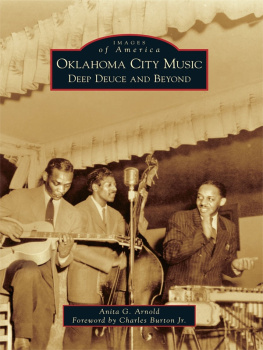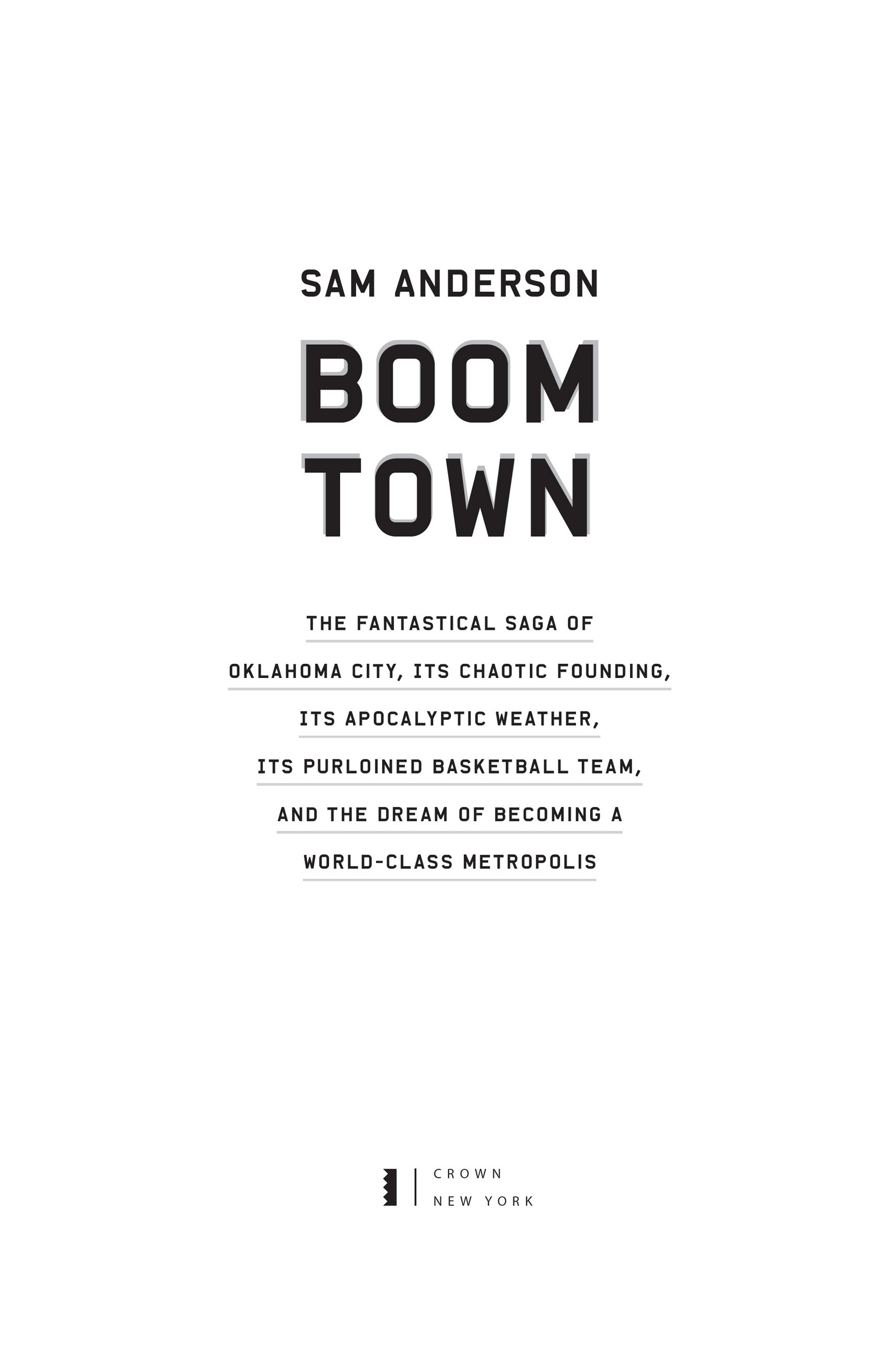Contents
Copyright 2018 by Sam Anderson
All rights reserved.
Published in the United States by Crown, an imprint of the Crown Publishing Group, a division of Penguin Random House LLC, New York.
crownpublishing.com
CROWN and the Crown colophon are registered trademarks of Penguin Random House LLC.
Be Free, A Way
Always ThereIn Our Hearts
LookThe Sun Is Rising
Try To Explain
Words and Music by Wayne Coyne and Steven Drozd
Copyright 2013 Lovely Sorts Of Death
All Rights Administered by BMG Rights Management (US) LLC
All Rights Reserved Used by Permission
Reprinted by Permission of Hal Leonard LLC
Library of Congress Cataloging-in-Publication Data
Name: Anderson, Sam, 1977 author.
Title: Boom town : the fantastical saga of Oklahoma City, its chaotic foundingits purloined basketball team, and the dream of becoming a world-class metropolis / Sam Anderson.
Description: New York : Crown, 2018.
Identifiers: LCCN 2017054583 (print) | LCCN 2018011488 (ebook) | ISBN 9780804137324 (ebook) | ISBN 9780804137317 (hardback) | ISBN 9780804137331 (trade paperback)
Subjects: LCSH: Oklahoma City (Okla.)History. | Oklahoma City (Okla.)Social life and customs. | BISAC: SOCIAL SCIENCE / Sociology / Urban. | HISTORY / United States / State & Local / Southwest (AZ, NM, OK, TX). | SPORTS & RECREATION / Basketball.
Classification: LCC F704.O41 (ebook) | LCC F704.O41 A53 2018 (print) | DDC 976.6/38dc23
LC record available at https://lccn.loc.gov/2017054583
ISBN9780804137317
Ebook ISBN9780804137324
Cover design by Michael Morris
Cover images: (skyline) Katherine Welles/Shutterstock; (cowboys) Oklahoma Land Rush, 1889, oil on canvas, by H. Charles McBarron Jr./Peter Newark American Pictures/Bridgeman Images; (stamp) astudio/Shutterstock; (basketball) Lightspring/Shutterstock; (hoop) MilkBottle/Shutterstock; (tornado) ArtMari/Shutterstock
v5.3.2
a
To Sarah
from math class
and
our two good-for-nothing children
It seems unnecessary to define an explosion, for everyone knows what it isa loud noise and the sudden going away of things from the place where they have been.
TENNEY L. DAVIS , The Chemistry of Powder & Explosives
Some things are simultaneously too boring and too exciting to write about.
JOHN ASHBERY , Valentine
CONTENTS
PROLOGUE
KILLER OF THE KILLER
Red Kelley was the man who killed the man who killed Jesse James. That is: in 1892, ten years after Jesse James was shot in the back while dusting off a picture frame, Red Kelley hunted down his killer, Bob Ford, and shot him in the throat with a double-barreled shotgun. This did not happen in Oklahoma Citythe famous events, the front-page news items, rarely ever do. It happened in Creede, a silver-mining boomtown in Colorado. Ford was running a saloon in a tent. Kelley walked in, said, Hello, Bob, and shot Ford as soon as he turned around. He expected to be celebrated as a national hero for thisJesse James, after all, was a legend whose righteousness had only grown and grown in the years since his death, and Bob Ford was (as the folk song says) a dirty little coward.
Instead, Red Kelley was sentenced to ninety-nine years in prison. He did not get the star treatment he felt he deserved. Kelley was not a first-tier outlawone of those infamous, larger-than-life antiheroes who robbed the robber barons and blurred the boundaries between good and evil. He was not Billy the Kid or John Wesley Hardin or Ned Kelly or Smokin Royce Young. He was not Butch or Sundance orobviouslyJesse James. Red Kelley was a D-list outlaw, very far down the folk-hero food chain. He was a vigilante vigilante, the backup to the backup.
Kelley ended up serving ten years of his sentence before he managed to get himself released. He left Colorado and headed down to Oklahoma City, where the outlaw action was rumored to be hot. It was 1904 by then, the start of a new century, and the Wild West was shrinking. Some vestige of it had survived, however, in Oklahoma. Oklahoma City was only fifteen years old and, after a brief lull, booming again. For a criminal, its red-light district was a safe haven of arson, murder, gambling, drunkenness, bribery, and prostitution. Shoot-outs could be enjoyed indoors or out. Around the time of Red Kelleys arrival, a man called the Armless Wonder, whose arms were reportedly five and seven inches long, cocked his gun with his chin and shot a man who owed him money. There were riots so wild that whole buildings were left permanently infused with bullets. In a popular saloon, someone poured alcohol into a mans boots and lit them on fire, burning his feet so badly they had to be amputated.
Red Kelley fit right in. He was angry, petty, and violent. He had big ears and about three mustaches worth of mustache. He skulked around Oklahoma Citys trouble spots wearing a long overcoat, even in hot weather, with a revolver in each of his front pockets. The tips of his mustache were so long and pointy they almost looked prehensile, like they might reach out and take things off store shelves. One day, in the course of his skulking, Kelley was stopped and questioned by the Oklahoma City police. They werent arresting himthey made no accusations, filed no charges, and allowed him to go freely on his way. But the questioning alone was enough to offend Red Kelley. He had been a lawman once, a deputy marshal in Colorado, not to mention the man who killed the man who killed motherfucking Jesse James, and he believed that he deserved more respect. This injustice would not stand. Kelley promised his underworld friends that he would take revenge, as soon as he possibly could, on the Oklahoma City police.
His opportunity came on the very next day, January 13, 1904. Officer Joe Burnett was patrolling a notorious strip of saloons and brothels when he happened to pass Kelley in the street. Hi, Red, Burnett said. Thisa friendly greeting from a passing policeman, in broad daylightwas more than Kelley was willing to endure. He drew his gun. The fight that ensued was both ridiculous and deadly, a rare combination. Officer Burnett grabbed Kelleys wrist and managed to hit him twice on the head with his club. Kelley fired wildly into the air. The two men wrestled to a stalemate. For fifteen minutes, they dragged each other down the street. It was a slow-motion death struggle. Kelley tried to yank his wrist free while Burnett hung on, literally, for his life. At some point, one of Kelleys friends came out of a saloon and shot at Burnett, but he missed and ran away. Kelley, in his desperation, started biting Burnetts ears. As he bit, he fired his gun so many times, so close to Burnett, that its explosions lit the policemans clothes on fire. People gathered in the street to watch. Things were getting terrible. Kelley was biting actual chunks out of Burnetts ears. Burnett kept asking bystanders for help, shouting that he was a policeman. They just answered: How do we know for sure?
You didnt really know such things, in 1904, in Oklahoma City.
The fight scraped on through the center of town. It ended up a full seventy-five feet from where it had started, in an empty lot. Burnett was smoldering and bleeding. Kelley was shooting and biting. They were a perfect balance of control and chaos. Uninterrupted, they might have fought each other until both died of natural causes. But then suddenly, by chance, the scales tipped. Across the street, the front door of a warehouse opened. A man stepped out. It happened to be one of Officer Burnetts friends. He sprinted over and grabbed Red Kelley by the wrist. Is his gun empty? he shouted. Kelley, defiant to the end, fired again and said, Does it sound like its empty? Now that someone else had taken over the interminable duty of clinging to Red Kelleys murderous wrist, Burnett was finally able to draw his own gun. He fired.

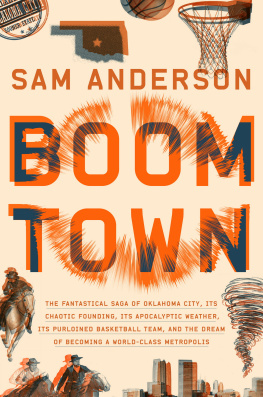




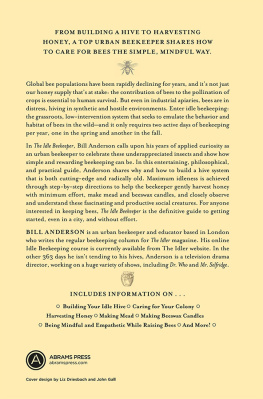
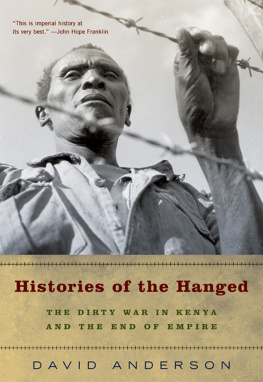
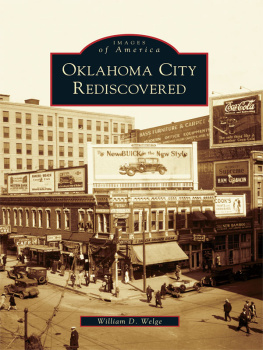

![Waring Todd - Oklahoma City: [what the investogation missed-- and why it still matters]](/uploads/posts/book/242598/thumbs/waring-todd-oklahoma-city-what-the.jpg)
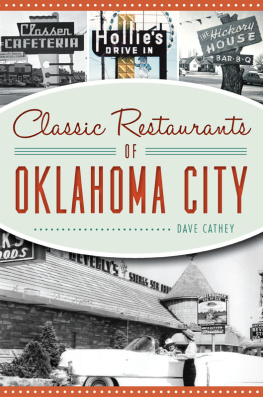
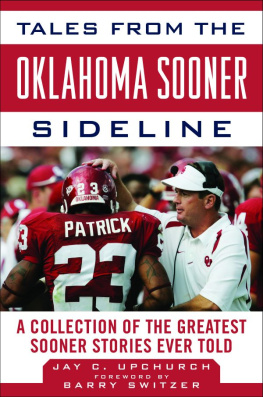
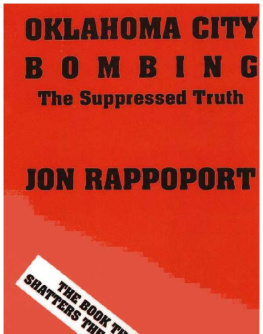
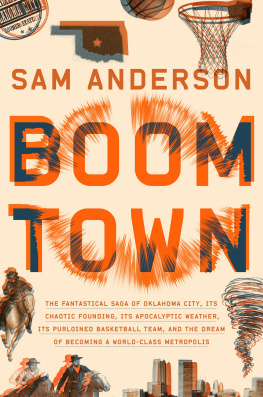
![Gumbel Andrew - Oklahoma City : [what the investogation missed-- and why it still matters]](/uploads/posts/book/98695/thumbs/gumbel-andrew-oklahoma-city-what-the.jpg)
